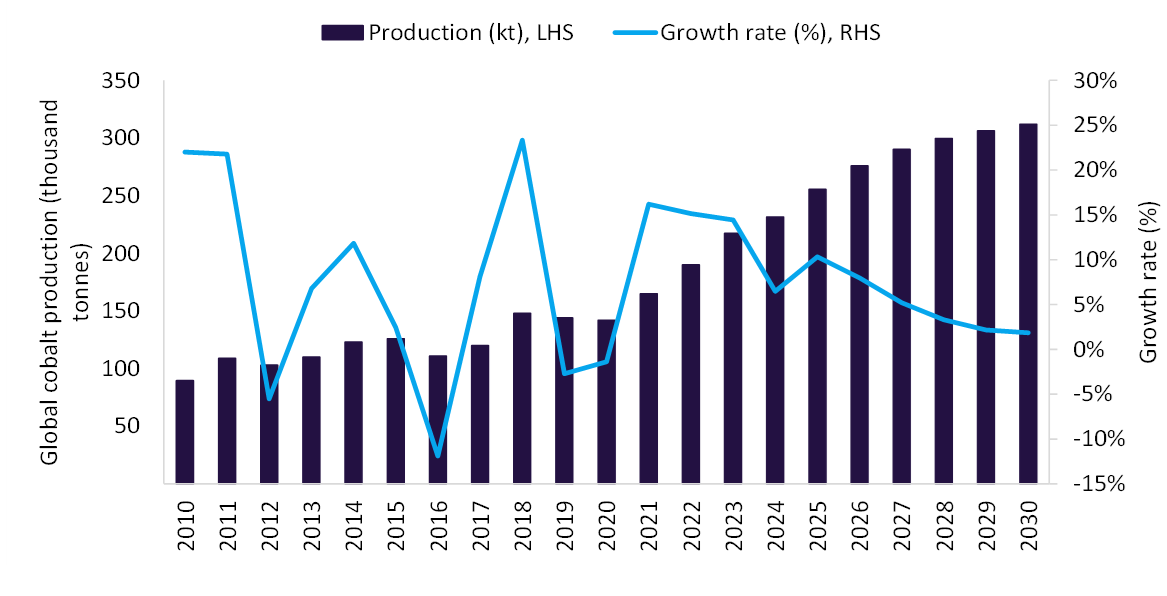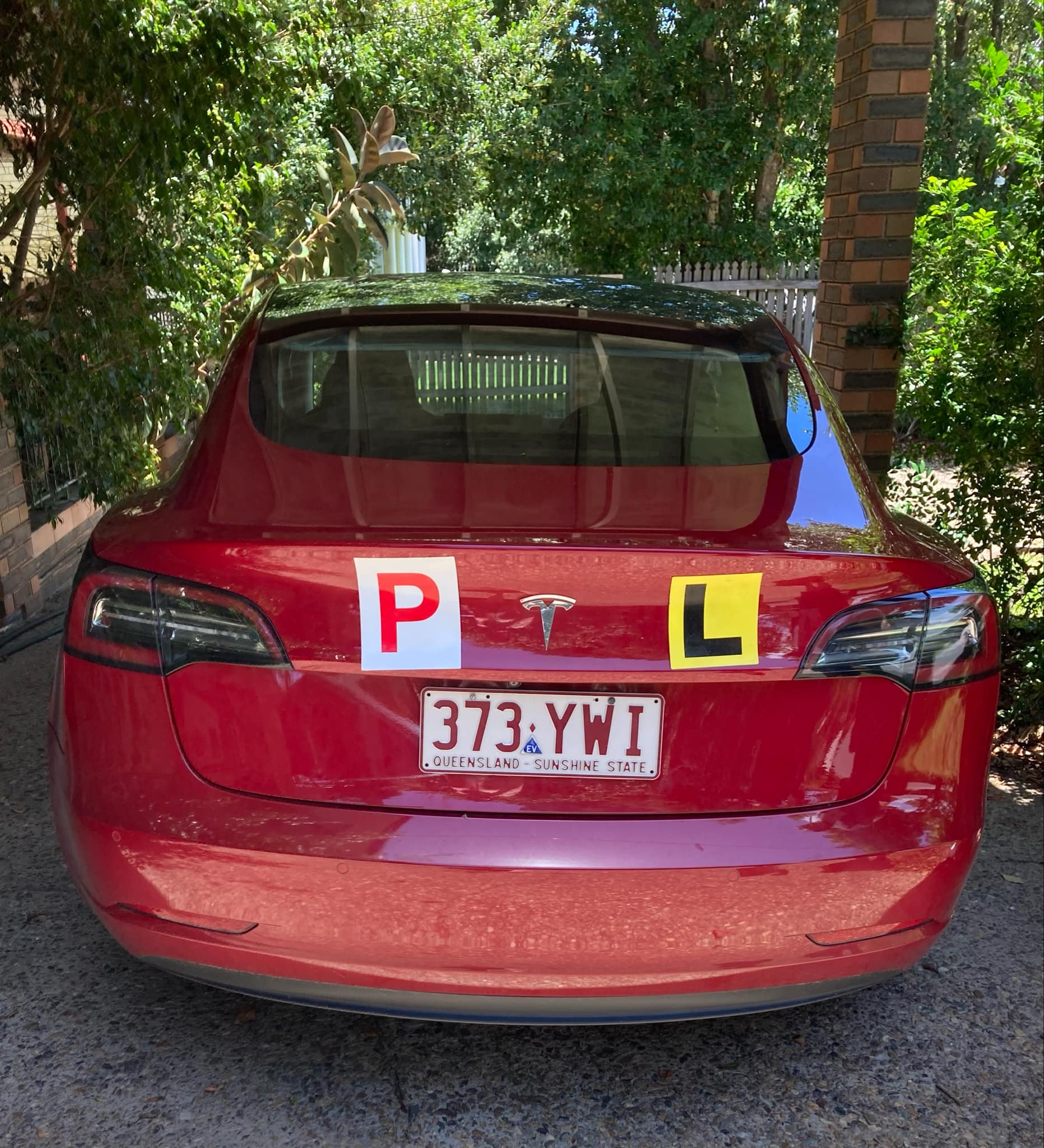
In the nail-biting world of the US offshore wind industry, there is no such thing as a sure thing. However, the state of New Jersey did inch one step closer to its first offshore wind farm on June 30, when a helpful tax bill squeaked through the legislature by the skin of its teeth. Passage of the bill should help launch the 1,100 megawatt Ocean Wind 1 project off the drawing board and out to sea, though trouble lurks on the horizon.
New Jersey Is Sitting On Offshore Wind Gold
Like most Atlantic states, New Jersey enjoys the perfect setup for offshore wind, such as shallow coastal waters and existing seaport infrastructure. However, things got off to a slow start in the early 2000s, when pussyfooting politicians punctured the Atlantic coast offshore wind balloon, along with help from other parties of interest.
To be fair, New Jersey was not the only state to drop the ball. Massachusetts had dibs on the very first US wind farm back in 2001, when the US Army Corps of Engineers issued a lease for the 420-megawatt Cape Wind project off Nantucket. Lawsuits ensued, including one reportedly bankrolled by a member of the Koch industrial family. The opposition included a current presidential candidate as well, and the project died in 2015.
Then along came New Jersey, where the Fishermen’s Energy project began to take shape in 2005. With an assist from new state legislation in 2010 and a grant from the US Department of Energy in 2015, the project seemed on track until New Jersey Governor Chris Christie’s administration reportedly slow-walked the permitting process to the point of no return (for those of you keeping score at home, Christie is another current presidential candidate).
To this day, the Atlantic coast remains a virtual wind turbine desert. Only seven offshore turbines are sitting in Atlantic waters so far. Five make up the Block Island wind farm in Rhode Island for a total of just 30 megawatts. The other two form a 12-megawatt pilot project in Virginia, as a precursor to a larger project planned by Dominion Energy.
1,100 Megawatts Of Wind Power For New Jersey
All four of those earlier projects — Cape Wind, Fishermen’s Energy, Block Island, and Coastal Virginia — won their federal offshore lease approvals on an ad hoc basis. Things began moving along at a much faster clip after the Bureau of Ocean Energy Management took up responsibility for the process, under the US Department of the Interior.
BOEM put the finishing touches on the new, streamlined offshore leasing process during the administration of former President Trump, despite the now-criminally indicted Commander-in-Chief’s well known antipathy towards wind turbines (icymi, Trump is the third current presidential candidate to appear in this story).
BOEM had 40,083 megawatts’ worth of offshore wind capacity in the construction pipeline as of May last year, which is quite a jump up from the 42 megawatts currently in operation. The total includes offshore lease areas along the Pacific coast and Gulf of Mexico as well as the Atlantic coast.
With former Governor Christie long gone, New Jersey has been primed and ready to ride the BOEM coattails. Current Governor Phil Murphy is planning on 7,500 gigawatts of offshore wind by 2035, of which 1,100 will go to the Ocean Wind 1 project if all goes according to plan. A farther-out goal of 11,000 megawatts by 2040 is also on the boards.
A Helping Hand From The New Jersey Legislature
As reported by Associated Press on June 30, the New Jersey legislature boosted Ocean Wind 1 over an important hurdle by passing a bill that enables the developer, Denmark-based Ørsted, to hold onto a COVID-era federal tax credit. The bill also covers Ørsted’s Ocean Wind 2 in New Jersey, which weighs in at 1,148 megawatts. The bill squeaked through by one vote along partisan lines.
Passage of the bill was welcome news for the firm EEW American Offshore Structures, the company tasked with constructing all 98 massive, 300-foot-long steel monopiles for Ocean Wind 1. On June 22, EEW celebrated the completion of its first monopile towards that goal.
As described by Philadelphia Inquirer reporter Frank Kummer, the 3 million pound monopile fabricated by EEW is the very first monopile for an offshore wind turbine ever manufactured in the US. The happy event took place at the Paulsboro Marine Terminal in New Jersey, up the Delaware River.
With 97 monopiles to go and more orders forthcoming from other wind farms, EEW can take credit for launching a powerful new manufacturing industry in New Jersey. Somewhat weirdly, the political party formerly known for being a friend of big business, job creation, and economic growth has not been cheering them on, at least not in terms of legislative support. The tax credit bill passed with exactly zero support from Republican legislators.
“The New Jersey legislation highlighted a sharp partisan divide over offshore wind projects,” observed AP reporter Wayne Parry, taking note of Republican opposition to offshore wind projects in general.
Trouble In Offshore Wind Paradise
Passage of the bill also ruffled some feathers over at the 1,150-megawatt Atlantic Shores Project 1 wind project, which is not covered by the legislation. The developer issued a statement on June 30 to make the case for equal treatment…or else!
“The company did not explicitly say it cannot build and operate its project without further financial aid. But it did hint that outcome is possible without ‘immediate action,’” Parry reported on July 3, referring to a statement issued by Atlantic Shores.
The news and analysis organization Governing: The Future of States and Localities, also took note of the threat of legal action against New Jersey’s offshore plans last February, when Governing reporter Jared Brey covered the subject.
Brey began by tactfully picking apart the aesthetic objections to offshore wind turbines along the Jersey shore. He noted that the Jersey shore is already pitted with infrastructure and commercial activity, listing water towers, lighthouses, amusement parks, and airplanes dragging advertising banners. Bridges, highways, hotels, mega-mansions and other beachfront homes also clutter up the landscape.
Another inconsistency observed by Brey is the purported concern over whale safety. Groups opposed to offshore wind have raised alarms over whale deaths in New Jersey waters, despite the fact that no wind turbines currently exist there. Organizing against the actual causes of whale deaths, including boat strikes, abandoned fishing gear, and other plastic pollution, would probably be more helpful.
“Some of the groups too are funded by pro-fossil fuel organizations: Protect Our Coast New Jersey solicits donations on its website for the Caesar Rodney Institute, a think tank committed to stopping offshore wind projects all along the east coast,” Brey wrote, which explains the disconnect.

On June 16, Protect Our Coast NJ announced a lawsuit against Ocean Wind 1 and the Murphy administration, along with the groups Save LBI and Defend Brigantine Beach. The shore town of Ocean City in Cape May is suing, too, over Ørsted’s plans for laying onshore cable.
The county of Cape May is also considering legal action against Ocean Wind 1 and Ocean Wind 2 for good measure. On June 18 the news organization Ocean City NJ Daily reported that county retained an attorney with the firm of Cullen–Dykman, on top of its ongoing work with the firm Blaney, Donohue & Weinberg.
Good luck with that. On July 5, BOEM issued a 177-page Record of Decision approving construction of Ocean Wind 1, along with a thumbs-up from the National Marine Fisheries Service.
Find me on Threads and Post @tinamcasey, or @TinaMCasey on LinkedIn and Spoutible. If you prefer Mastadon, that’s @Casey.
Photo: Monopiles for offshore wind turbines courtesy of EEW Group.
I don’t like paywalls. You don’t like paywalls. Who likes paywalls? Here at CleanTechnica, we implemented a limited paywall for a while, but it always felt wrong — and it was always tough to decide what we should put behind there. In theory, your most exclusive and best content goes behind a paywall. But then fewer people read it! We just don’t like paywalls, and so we’ve decided to ditch ours. Unfortunately, the media business is still a tough, cut-throat business with tiny margins. It’s a never-ending Olympic challenge to stay above water or even perhaps — gasp — grow. So …




